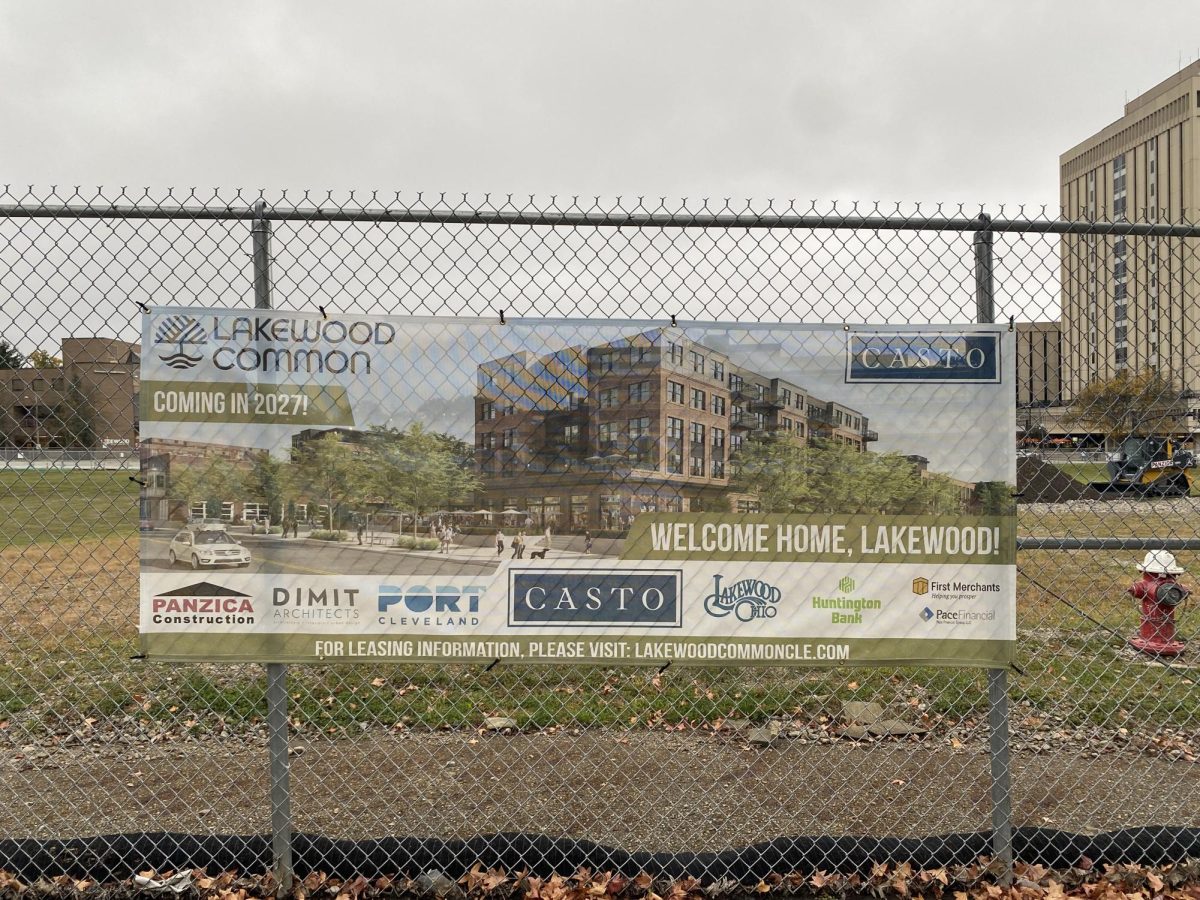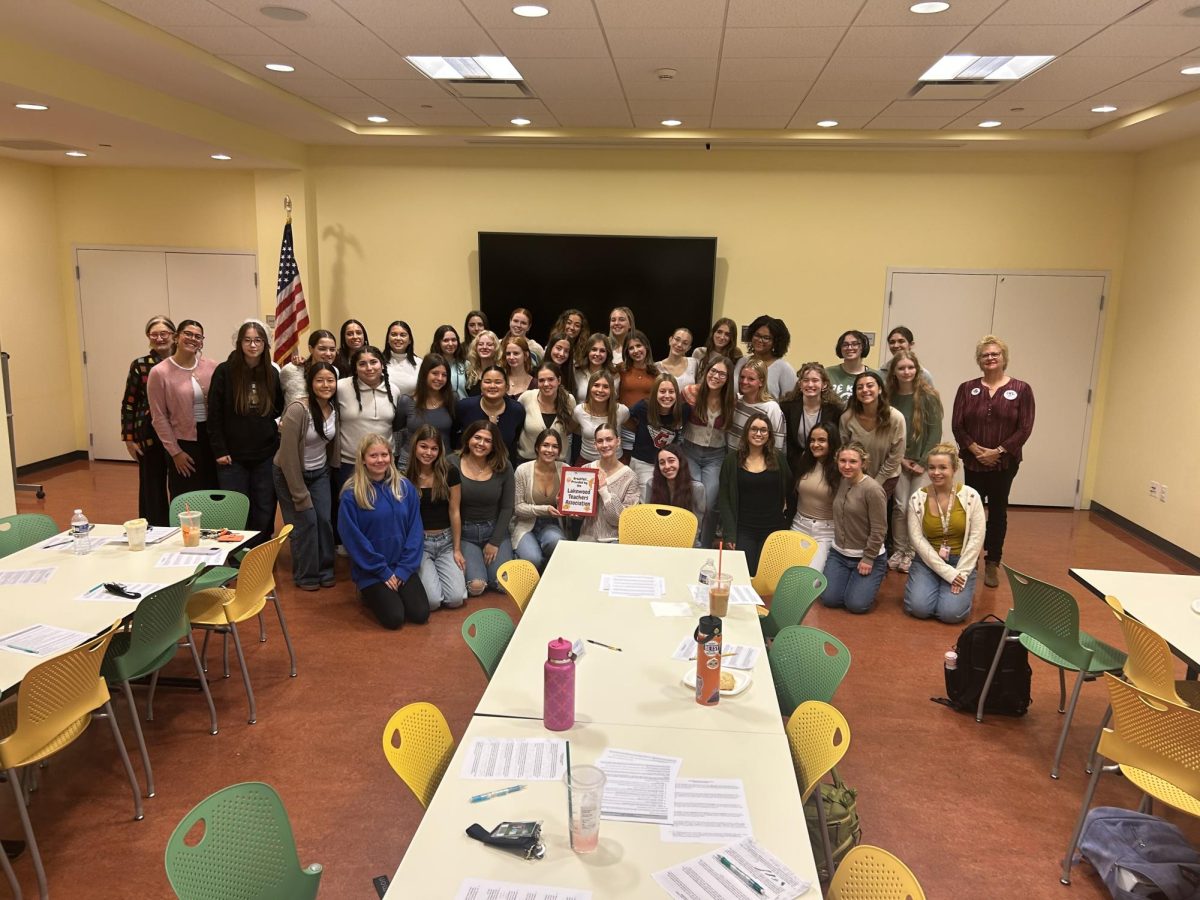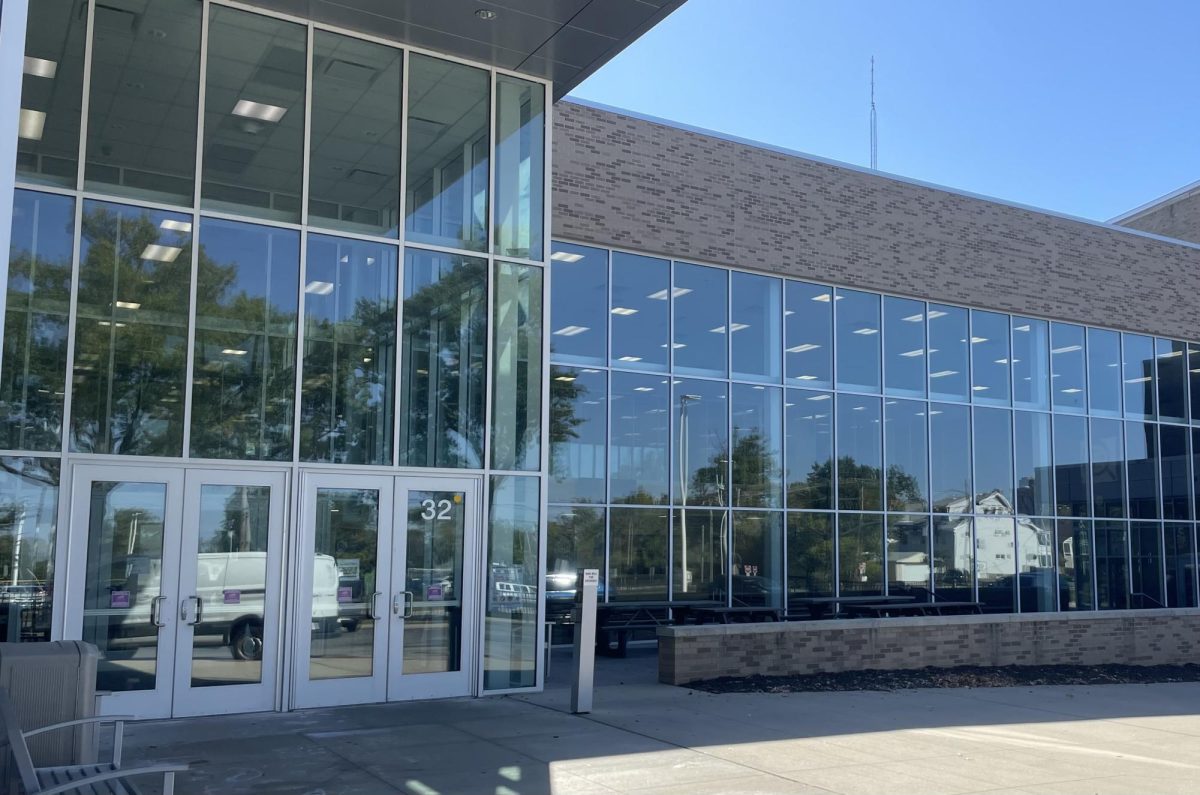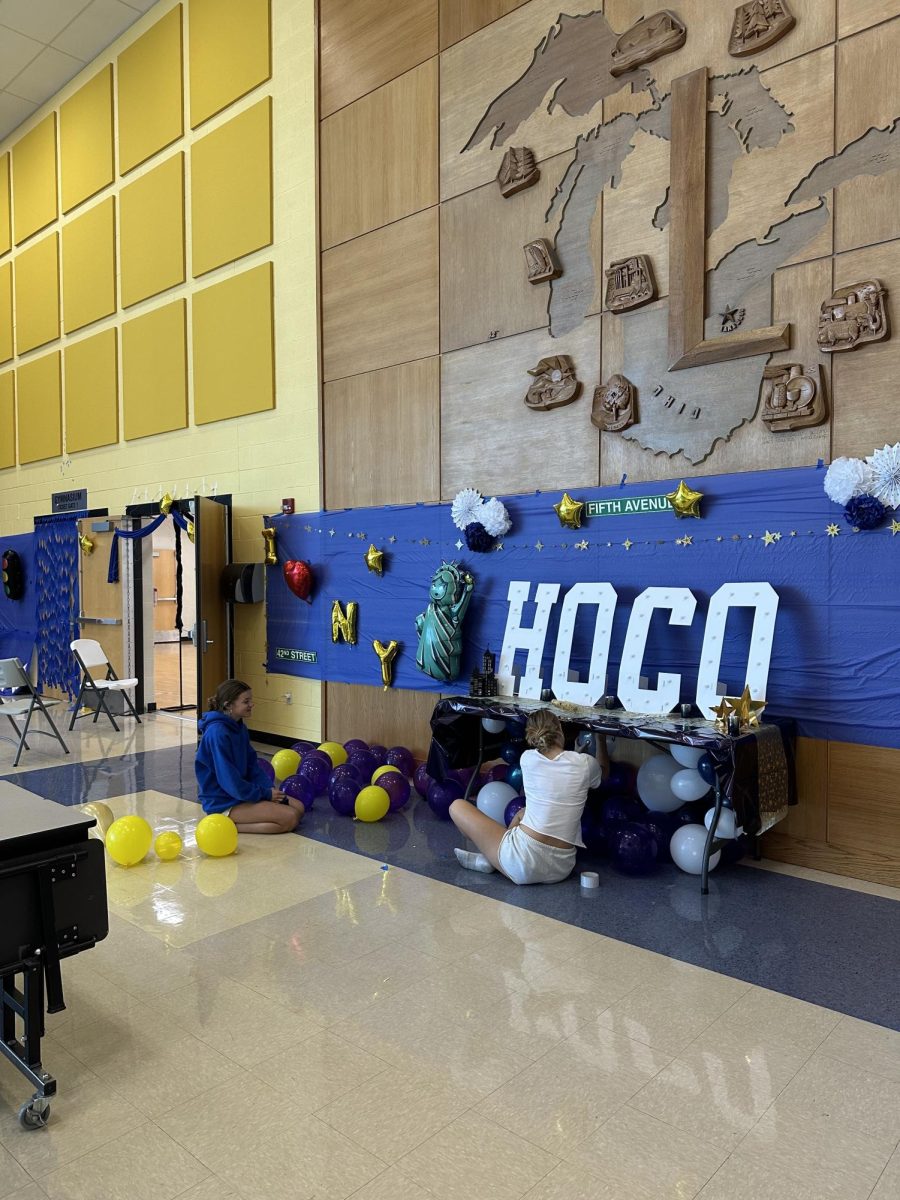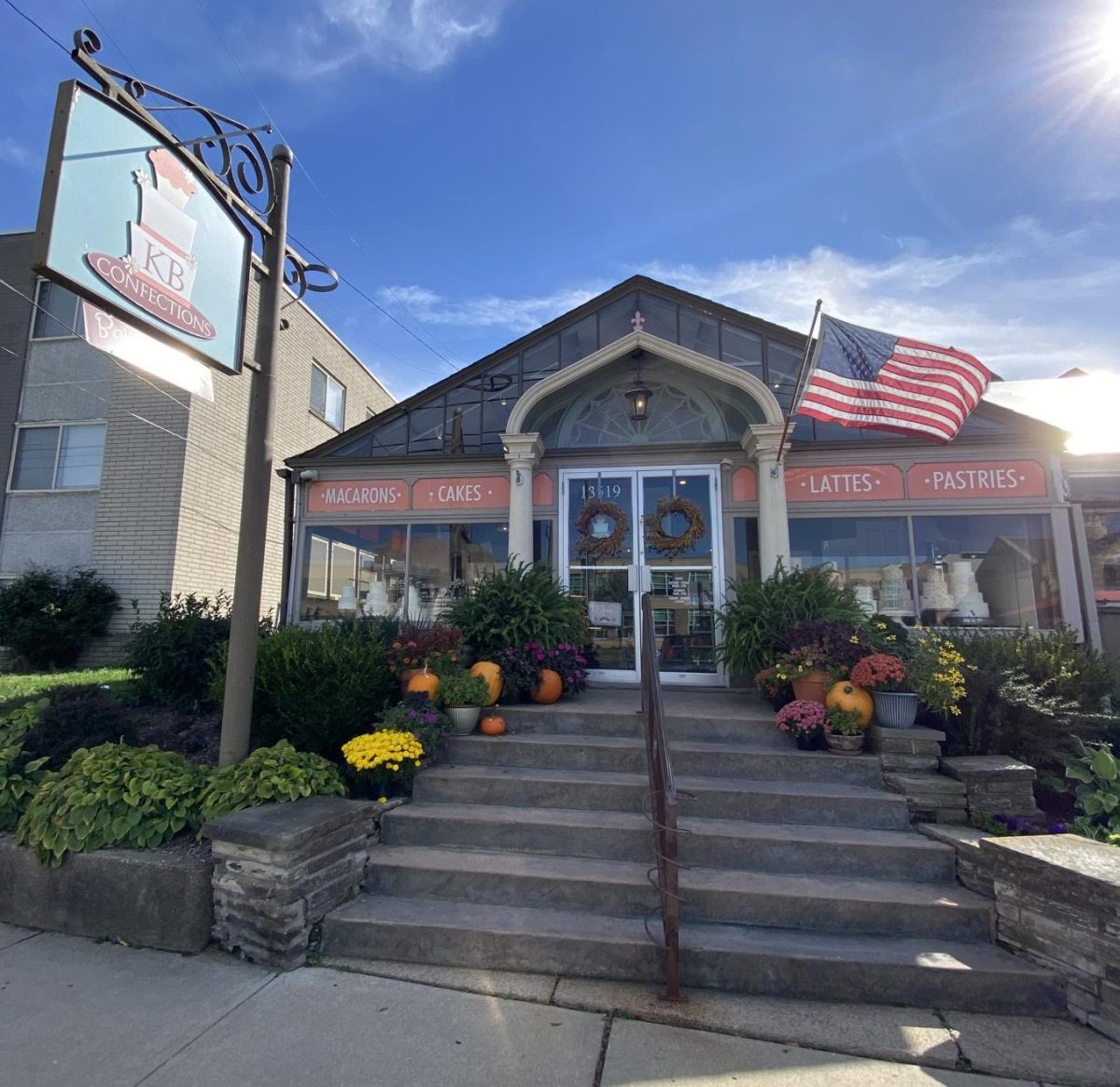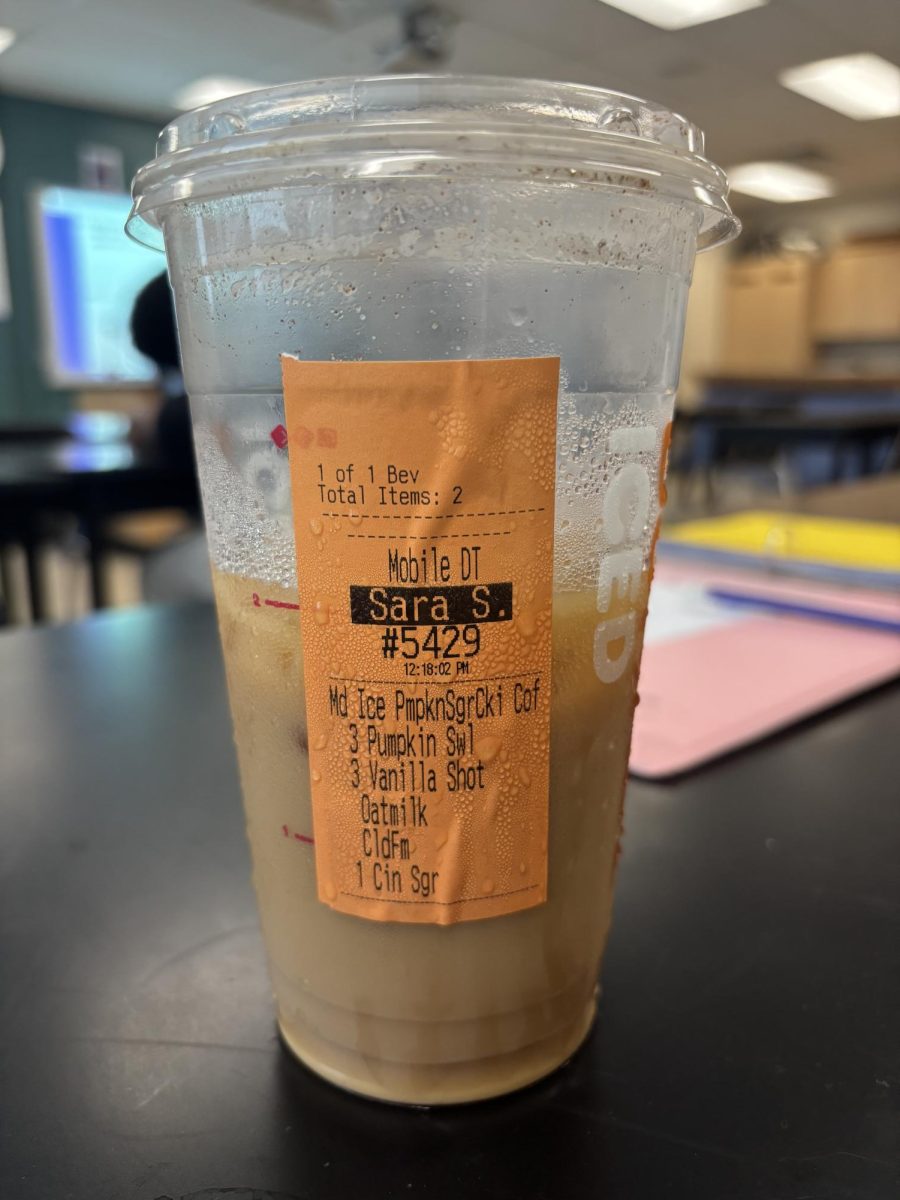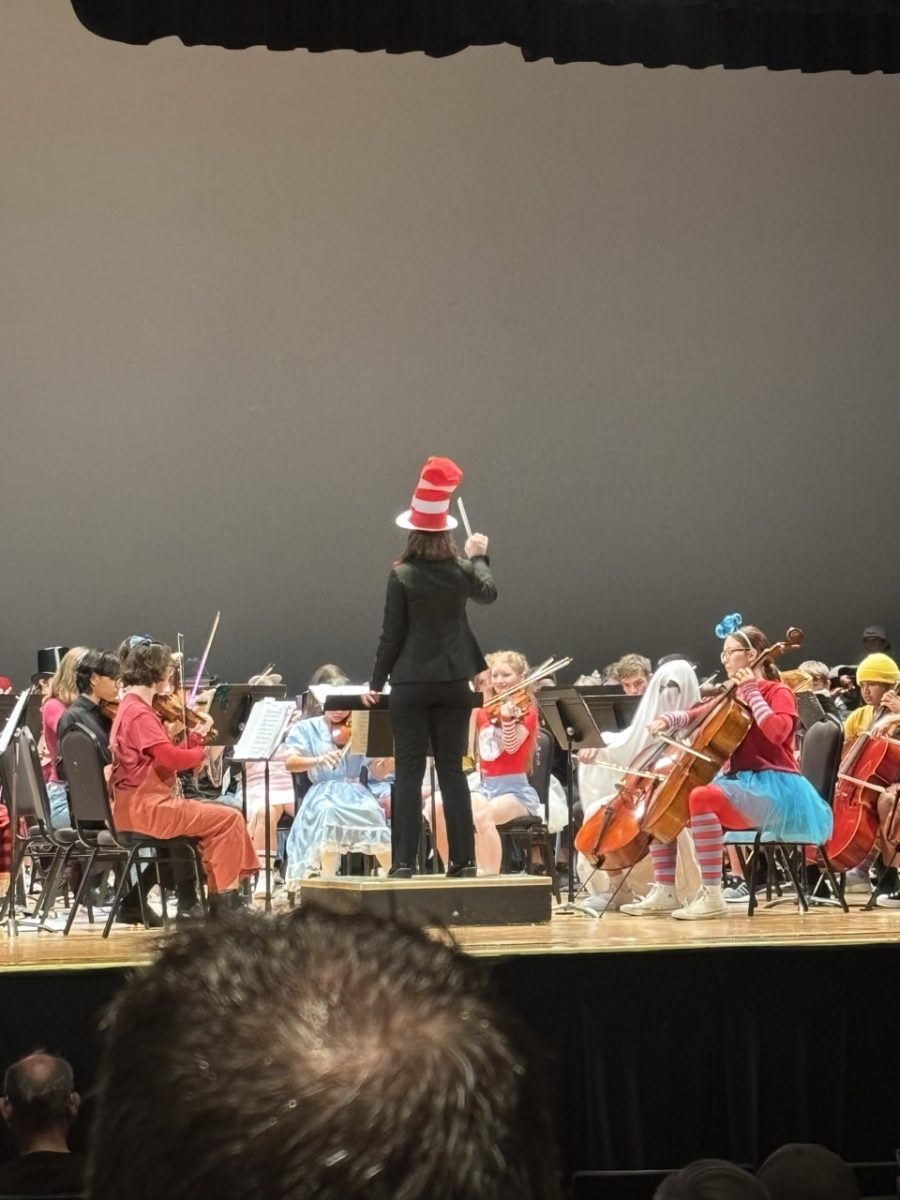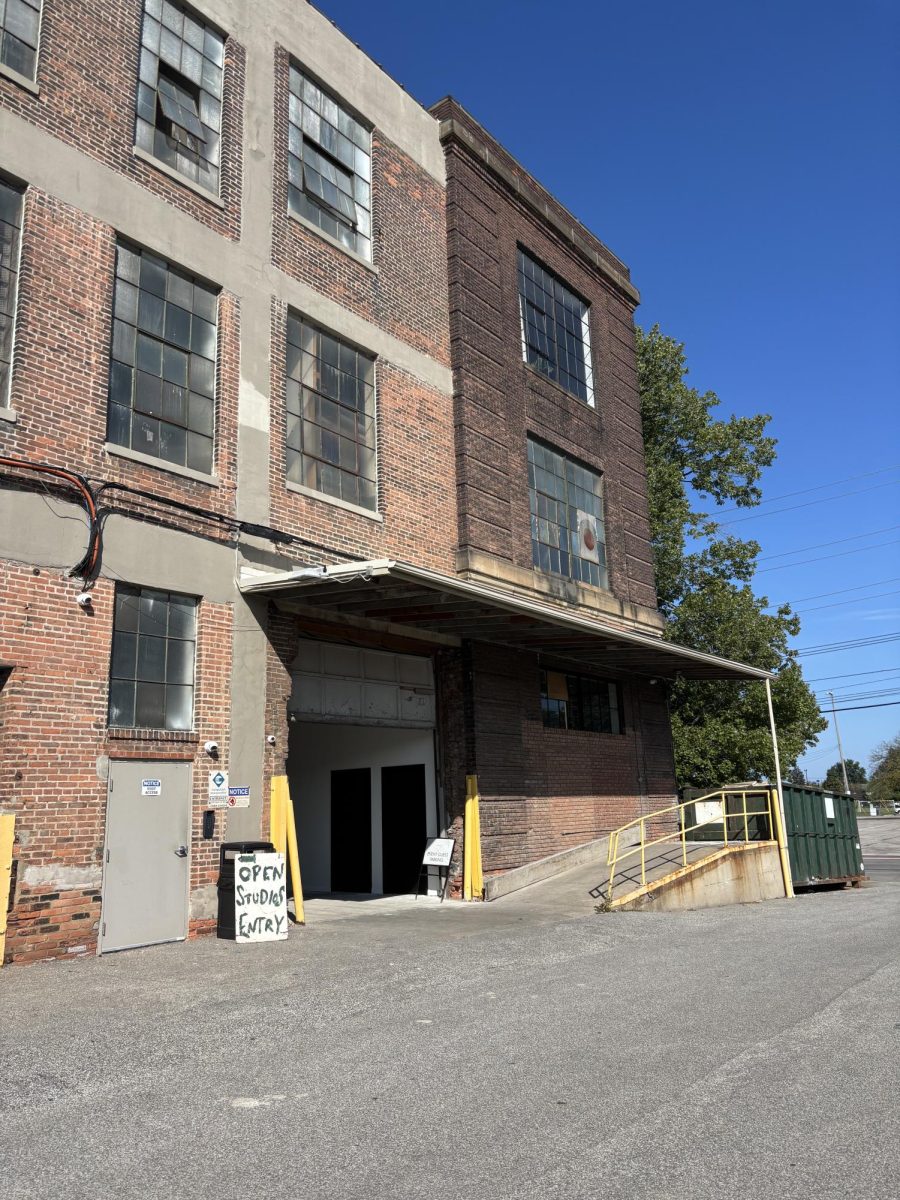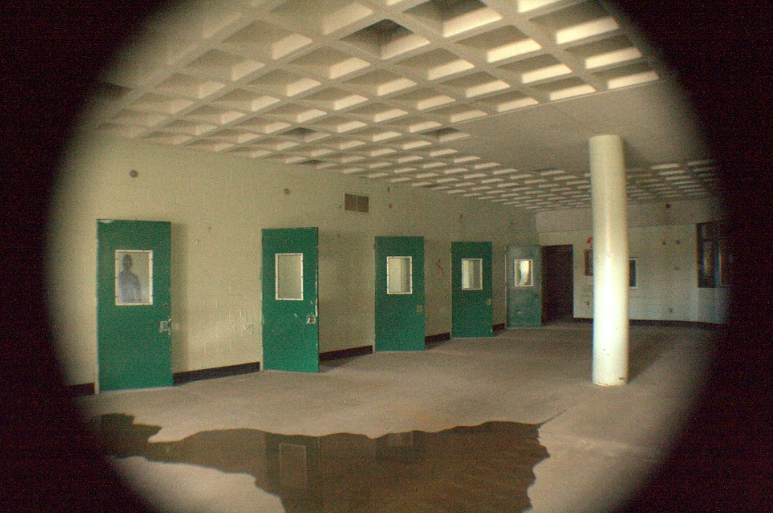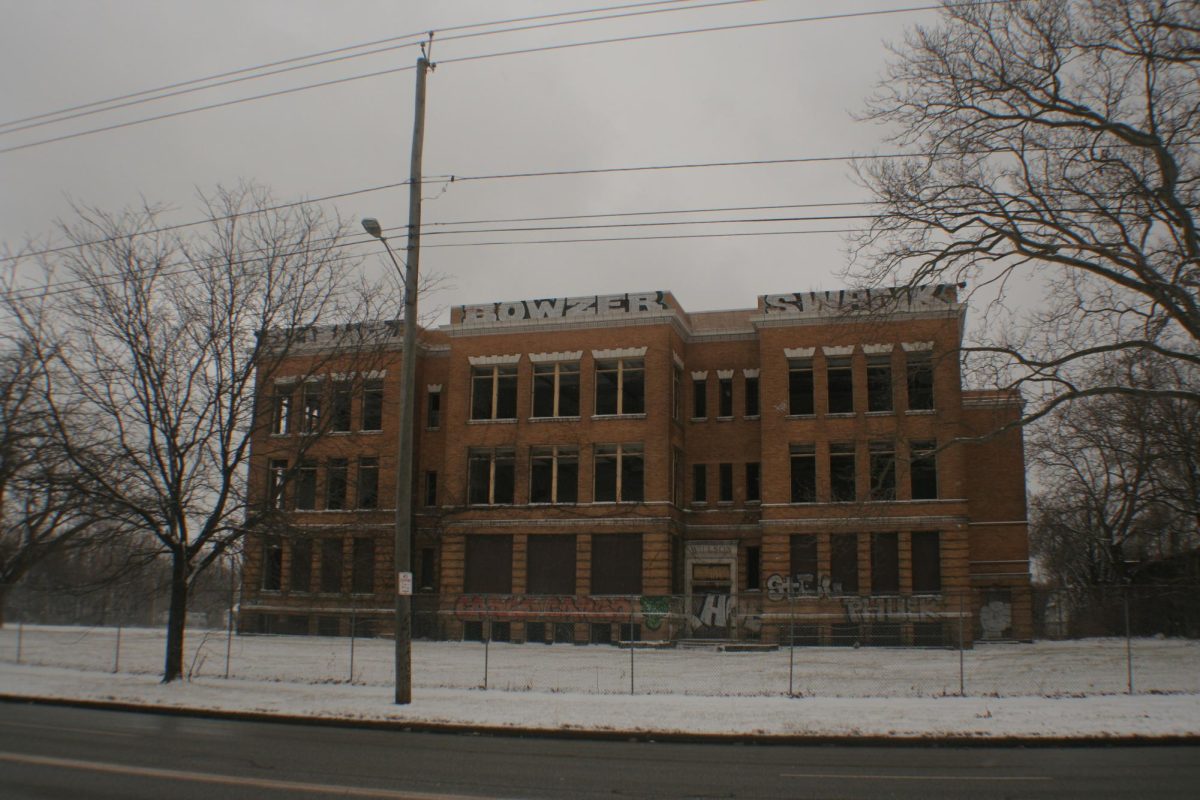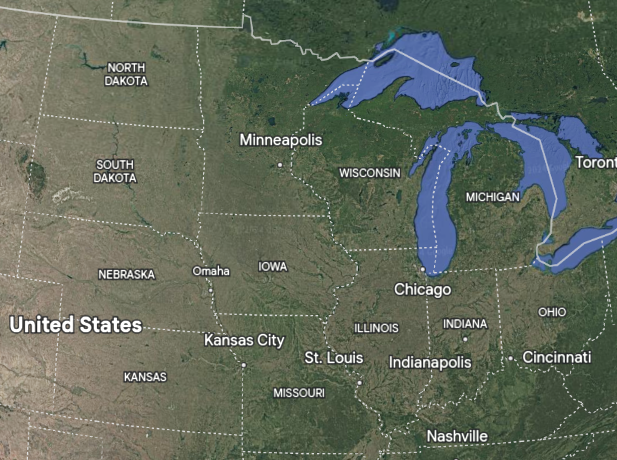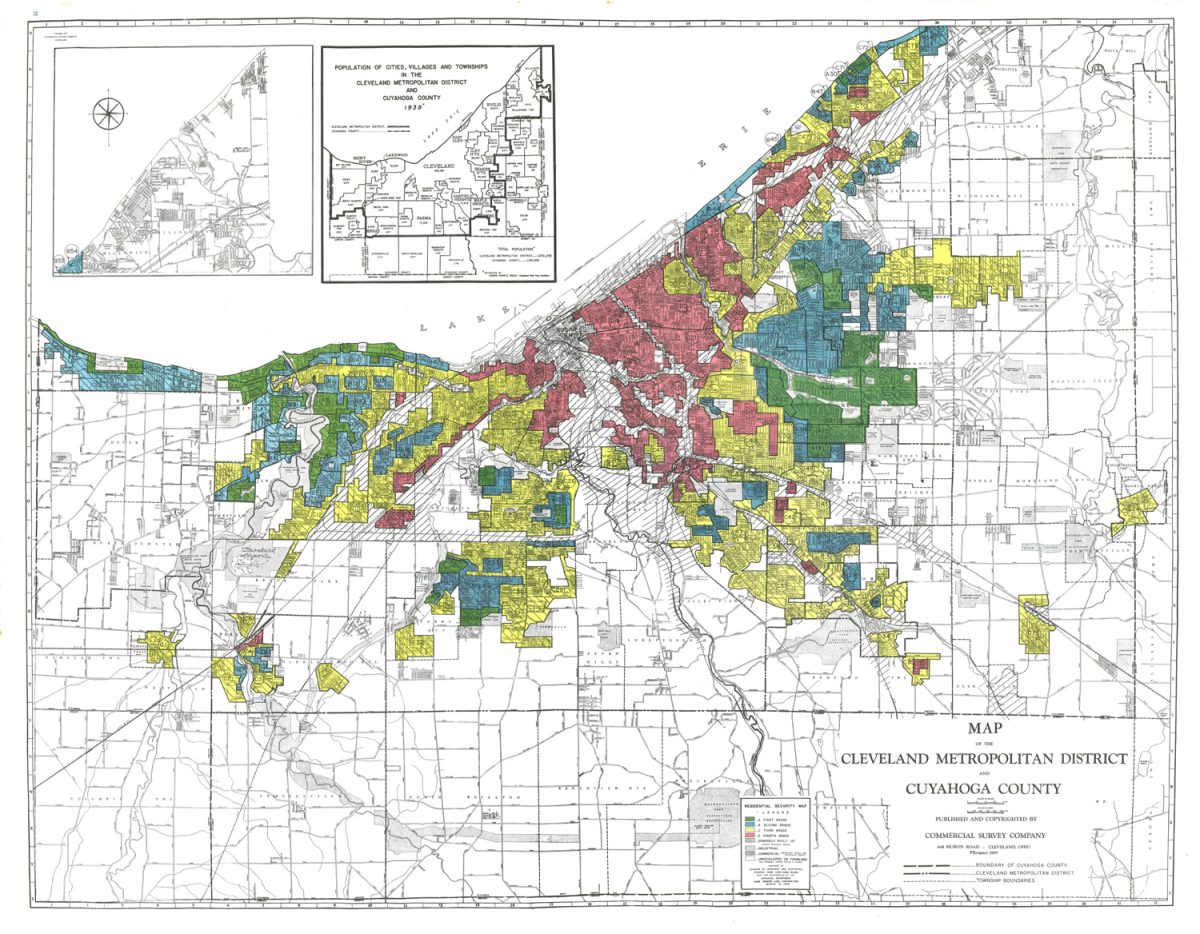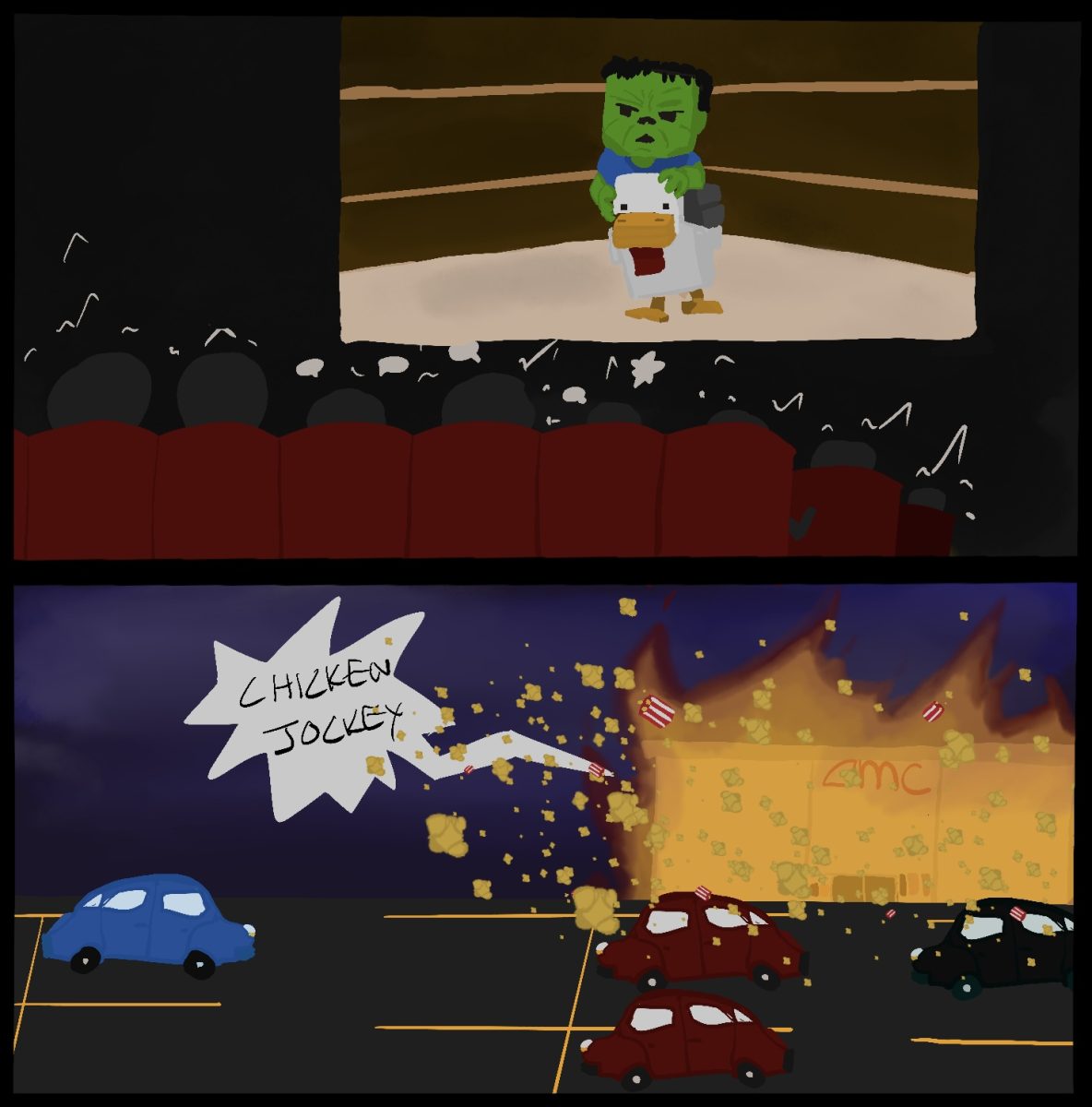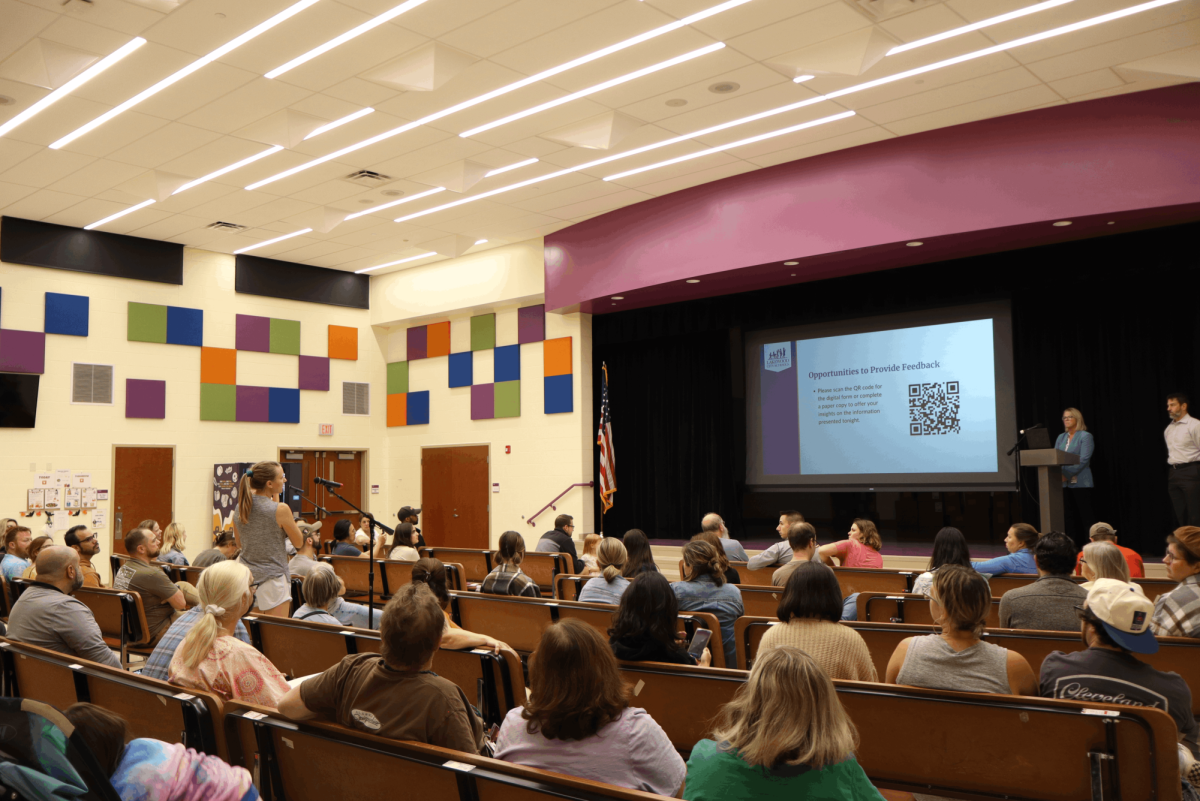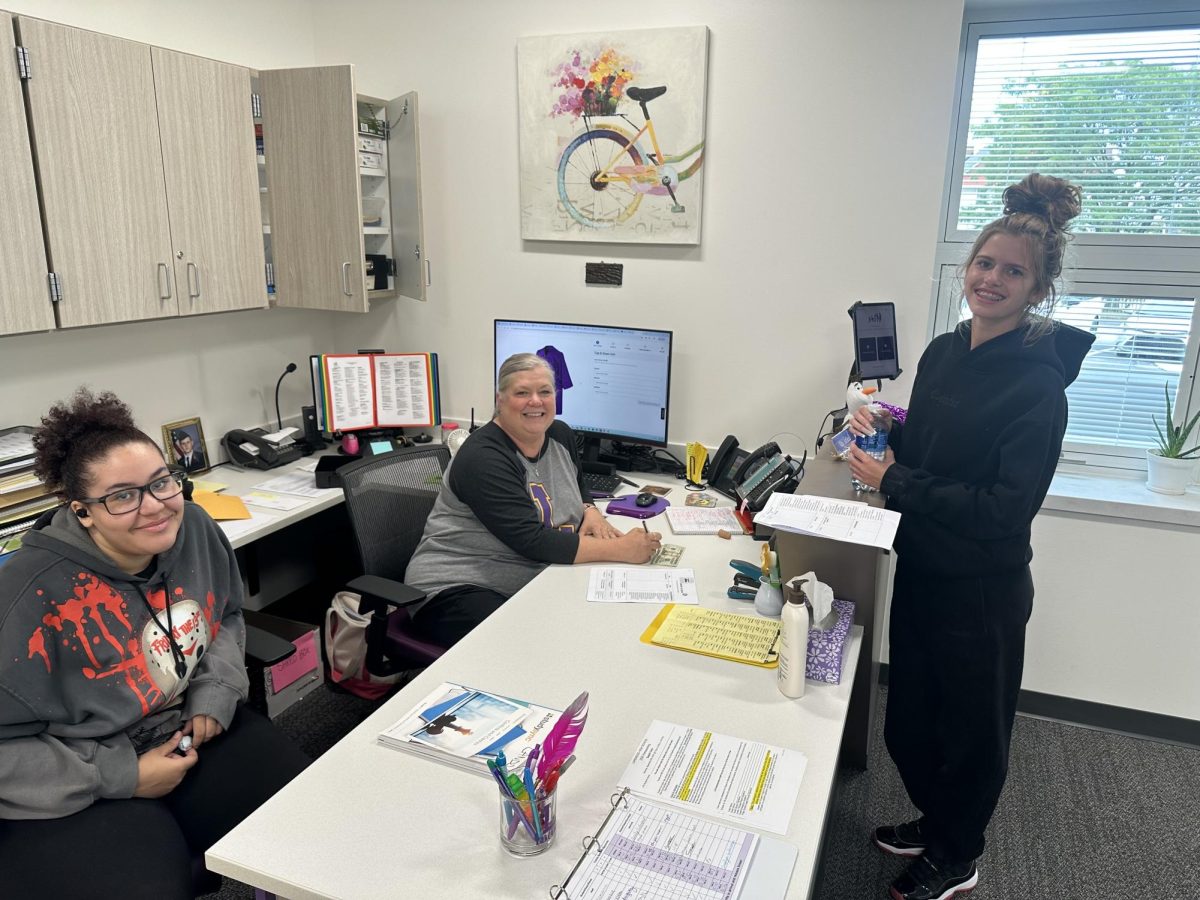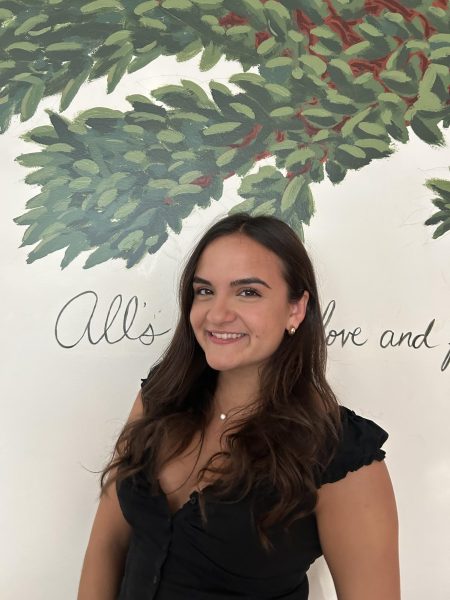The Lakewood Elementary School Task Force began a series of presentations in October to gather community input on the future use of facilities, continuing through November.
The challenges facing elementary schools underscore the need for this conversation. A study by Future Link projects enrollment to drop to 3,706 students for the 2031-32 school year. This predicted decrease, along with a national decline in birth rates, has the Elementary Task Force concerned about the future sustainability of maintaining seven elementary schools.
A drop in enrollment is not just a worry for the future, though, it is already an issue now. There is a severe gap between class sizes across Elementary Schools. First-grade classes at Horace Mann have fourteen students compared to Emerson’s twenty-two.
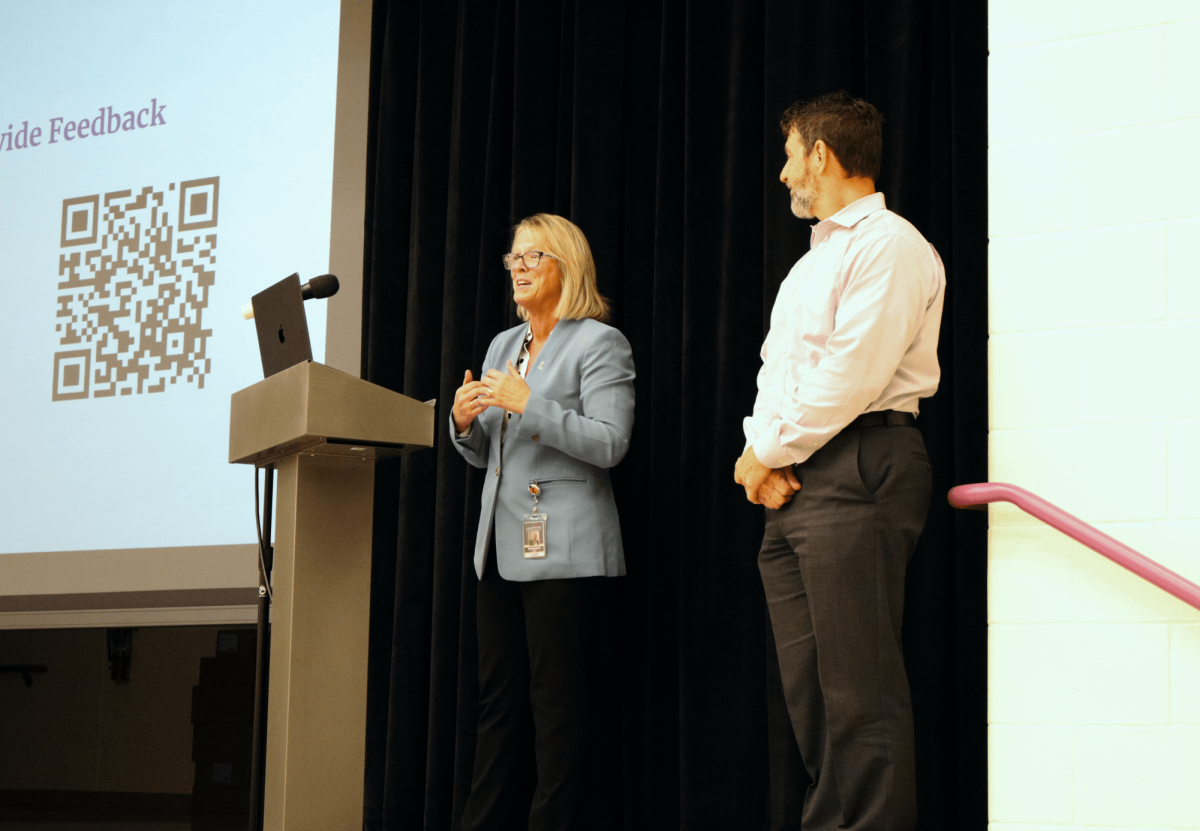
Despite the drop in enrollment, demand for more early learning opportunities has only increased. Speaking from a personal perspective, Superintendent Maggie Niedzwiecki shared, “I have four kids… when your kids are young like that and you’re working and you’re trying to ensure that your kids are in good places with people that care, that understand that early development, it’s very important.”
Early learning becomes a primary focus since most of the Elementary Schools are only able to consistently offer half-day preschool programs. Even with a full-day program, the school buildings do not have the staff to host before and after-school care—something crucial for a lot of families.
Niedzwiecki shared that “when you have a centralized location it takes on a different life of its own.” This center could be an opportunity for growth in early learning, a place to focus on. What would the cost of this center be to the Lakewood community?
This discussion has not been an easy one at either of the first two meetings. Each Elementary School has its own community and its own family. The thought of potentially repurposing one of these buildings has been a challenging one for community members. At these meetings, there is an opportunity for attendees to ask questions and bring suggestions of their own. The cafeteria of Roosevelt was a lively one where conversations about potentially different scenarios were brought up.
One scenario was instead of repurposing a building there could be a remapping of the “boundaries” that currently zone what elementary school a child will go to depending on where they live. These boundaries are what determine who goes to what school. Redrawing these boundaries could close gaps and create more space for preschool services at the elementary level.
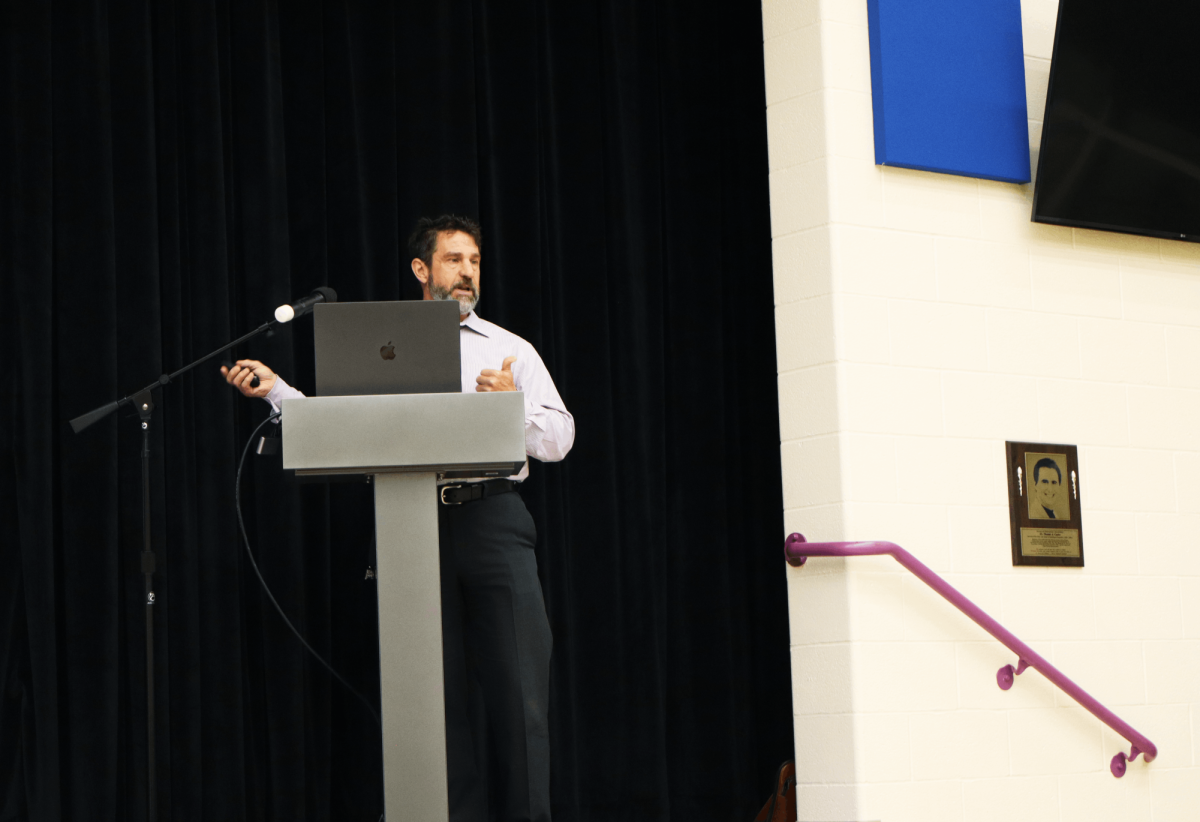
Niedzwiecki addressed that there are always going to be specific circumstances for specific students and families and those will always be important. She said that it’s so valuable to start planning these scenarios now so “ there is wiggle room for different scenarios if we need to go to a repurpose and try to get it down to the least amount of moves for our students.” Teachers, too, are an important part of this discussion.
With a varied student population at each school, teacher relocations often occur to accommodate schools with higher enrollment. If repurposing takes place, some new staff would be added to the Early Learning Center, but no current elementary teachers would lose their jobs. Instead, they would be reassigned to help manage the increased enrollment at the other six schools.
The task force is still in the early stages of its process. Ultimately, the school board will take recommendations from Superintendent Maggie Niedzwiecki and make a final decision over the next year. In the meantime, it’s crucial for Lakewood families to attend these meetings at their local schools, learn about what’s happening, ask questions, fill out surveys, and share their thoughts and feelings.


